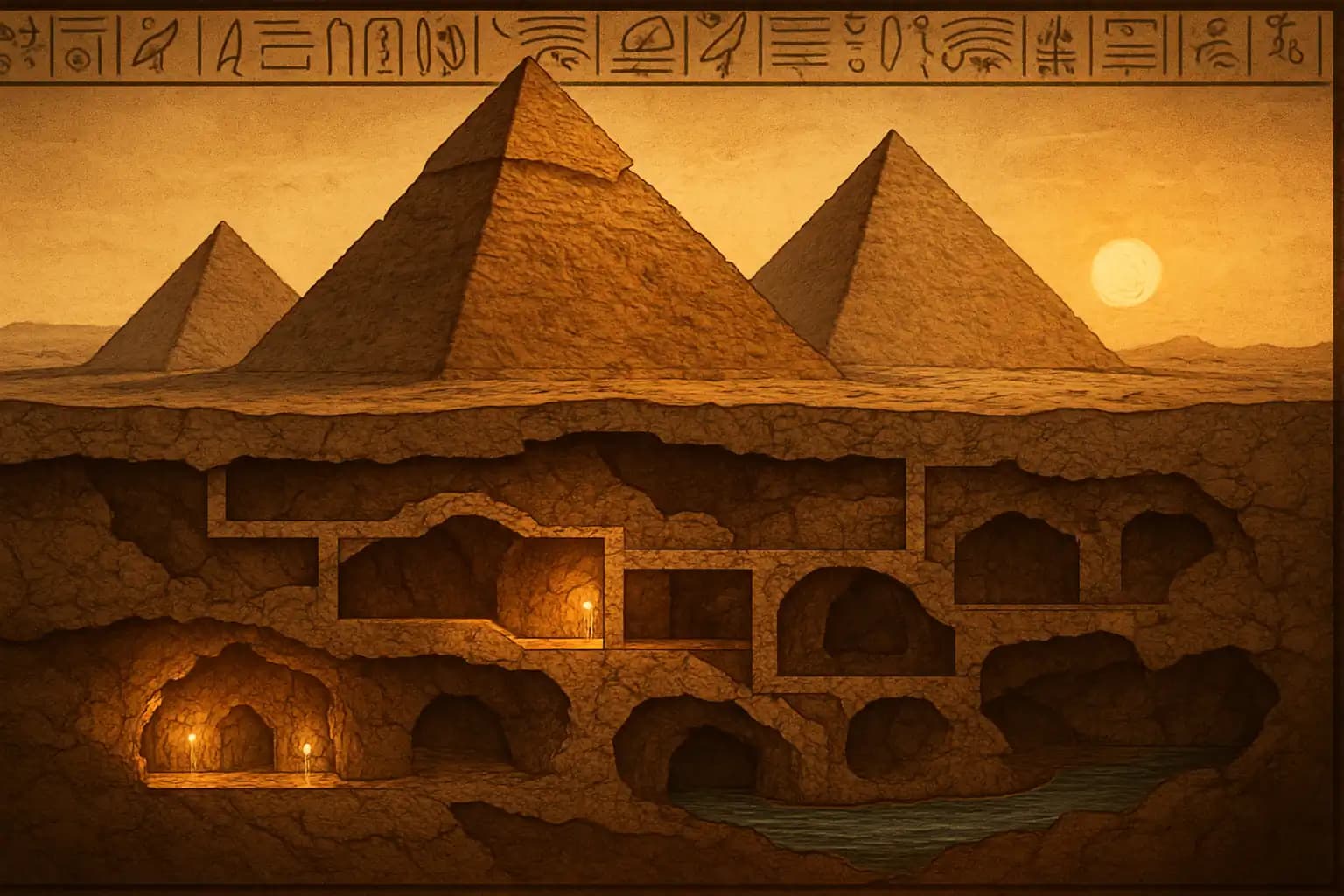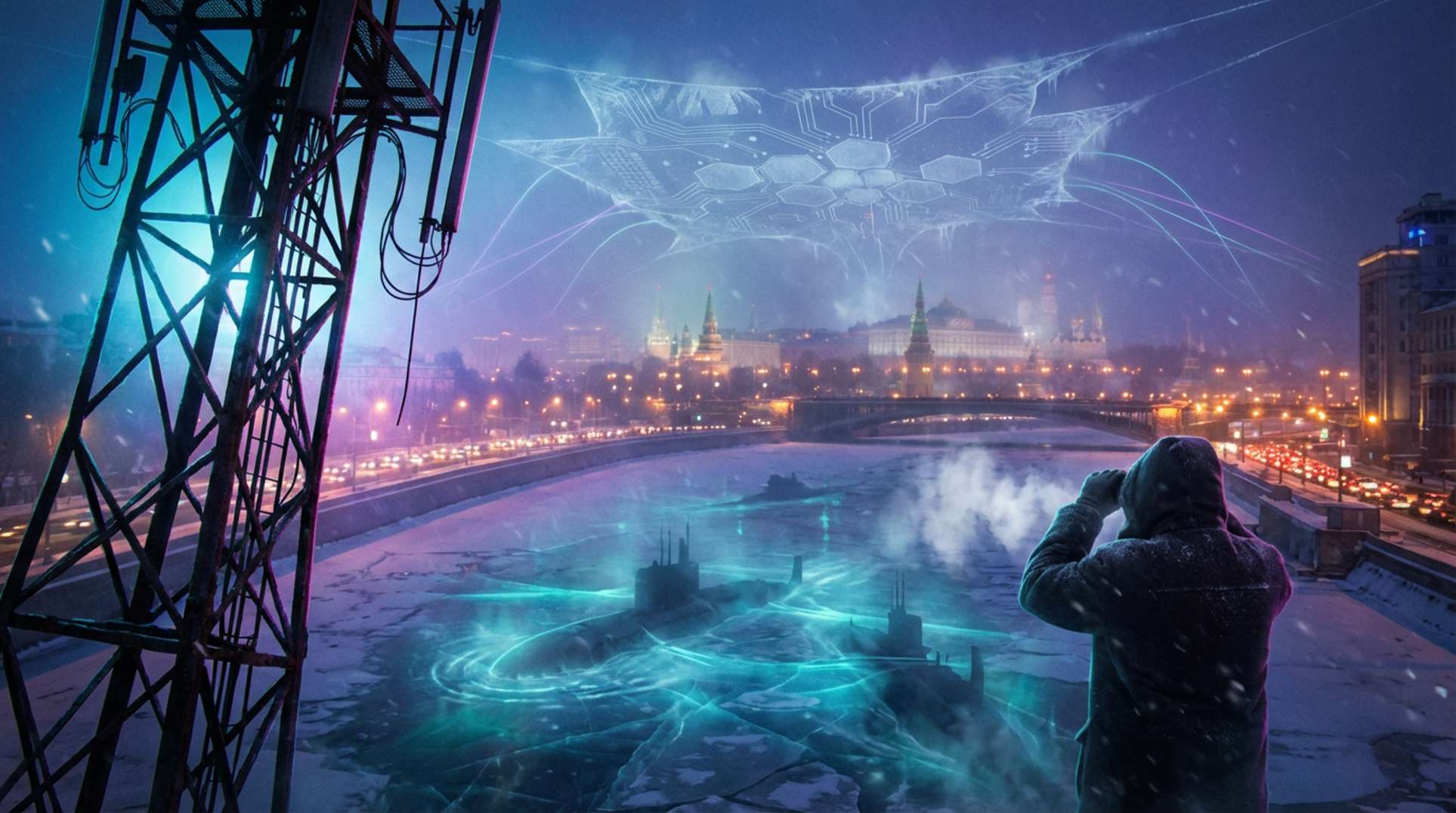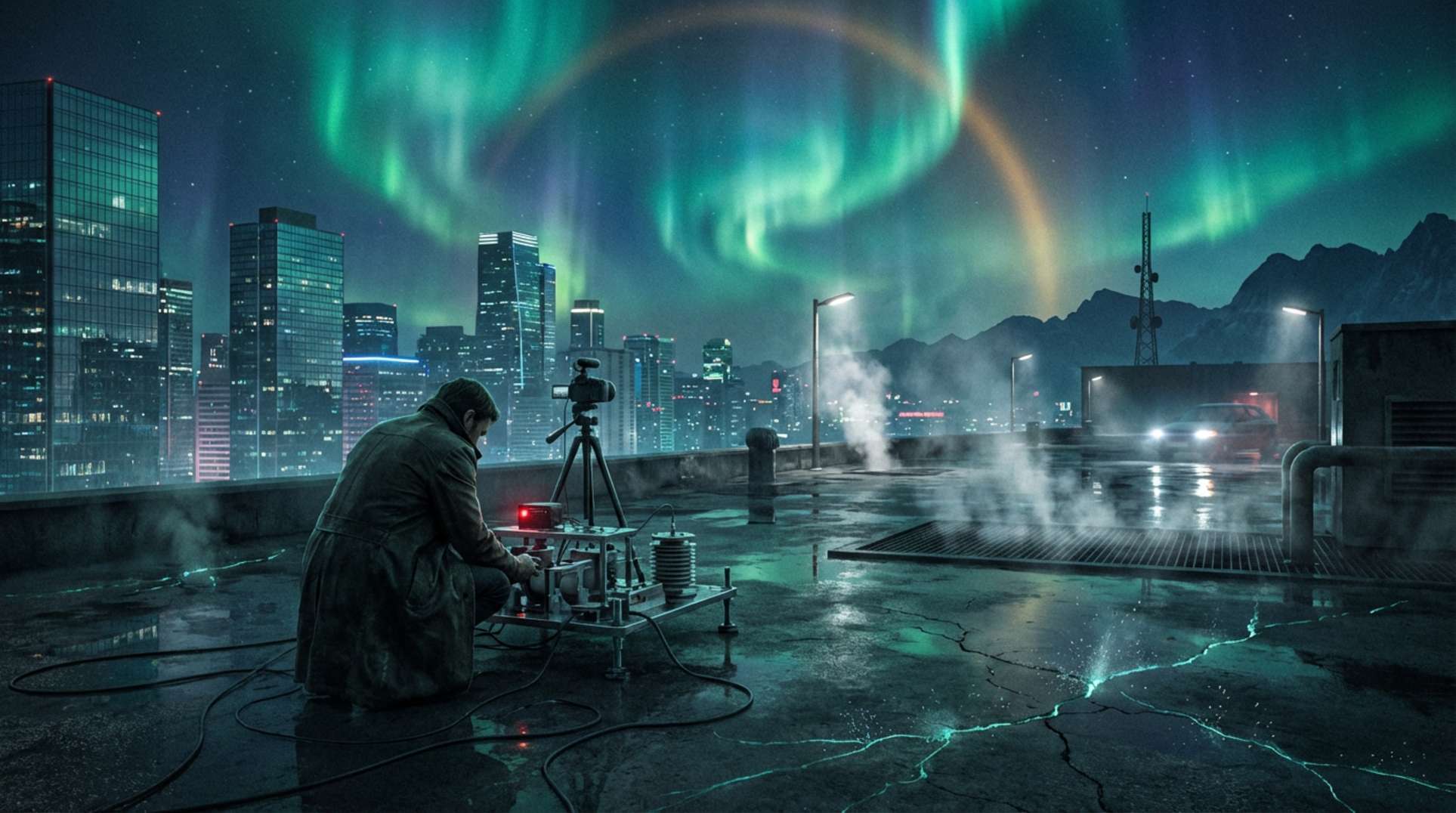Few mysteries rival the enigma of what lies beneath the Great Pyramids of Giza. A mix of satellite radar imaging, deep geology, and provocative history fuels the debate over hidden voids, lost chambers, and the ancient Nile beneath those timeless stones. Randall Carlson, grounded in empirical data, navigates the intersection of science and legend in his latest exploration. But what does science—and Giza itself—reveal to us?
Amid swirling headlines and fringe speculation, Carlson methodically dissects decades of dramatic theories. Eschewing clickbait, his case rests on geology: karstic limestone, evidence from flood-prone epochs, and void-mapping radar recently brought to the forefront. To unearth the truth, we follow seismologists, geomorphologists, and engineers across a plateau where echoes of human and natural power persist.
Piercing the Bedrock: Technology Reveals Egypt’s Hidden Depths
The recent buzz centers around new radar and geophysical surveys. Synthetic aperture radar and muon tomography—originally designed for outer space and nuclear safety—reveal hidden passages under the pyramids better than treasure hunters ever could. The largest focus is the pyramid of Khafre, where subsurface voids and anomalies lurk within the limestone bedrock.
Ground-penetrating radar indicates more than cryptic anomalies: it outlines a landscape filled with tunnels, cavities, and groundwater signatures that prompt as many questions as answers. While the data requires cautious interpretation—natural karstification and faulting can mimic artificial corridors—certain features appear too regular or linear to ignore. This resonates with recent findings on Egypt’s greatest unsolved enigmas and strengthens whispers of unseen chambers.
The Nile’s Ancient Course: Canyons, Floods, and Lost Landscapes
Satellite and core drilling studies reveal a buried Nile canyon beneath modern Giza, reaching almost 8,000 feet deep and hinting at a cataclysmic past. As detailed in this research and enhanced by new mapping of ancient water channels, Giza was once awash in floods—not the parched plateau we see today. Evidence of scoured gullies and ancient shoreline deposits suggests that monumental tombs were once flanked by verdant banks and even served, as recent scientific studies indicate, as ceremonial harbors.
This deep-cut canyon’s winding path explains the natural voids and karst features beneath the structures. It also suggests that some underground anomalies may be remnants of vanished riverbeds or flood caves. Thus, subterranean speculations stand firmly on geological ground, not merely legend.
Karstification, Caves, and the Geology of Mystery
Not every void beneath Giza points to ancient rites or lost technology. The Mokattam Formation—a thick limestone bedrock—naturally dissolves over millennia into caves and sinkholes through a process known as karstification. Here, Carlson draws on studies of water flow, both ancient and modern, suggesting that nature alone could explain many radar-detected anomalies.
However, as analytical resources outline, distinguishing geological formations from human-made structures requires both science and skepticism. Carlson argues that every mapped void must undergo scrutiny; geometry, context, and depth may reveal or rule out human intervention. Sometimes mysterious tunnels result from nature’s actions, but at other times, patterns reveal deeper secrets.
Past Environments, Myths, and the Human Legacy Beneath Giza
Giza was not always a desert. Studies into prehistoric climate and migration and the impact of ancient anomalies show that the Sahara’s ancient cycles included “Green” periods abundant with life and human activity. Legends of global floods are not mere inventions; they echo collective memories of floods and climate shifts across the Sahara and Nile.
Consequently, both myths and natural history intertwine within Giza’s substructure. Riddles endure: Do undetected chambers beneath the pyramids safeguard untouched secrets, or do they reflect the Nile’s powerful hand? Until new drilling or robotic surveys penetrate the final veil, curiosity and technology compel us to dig—sometimes literally.
For those seeking a broader view of underground mysteries and ancient enigmas, resources like Unexplained.co remain vital, while archaeologists, geologists, and myth-busters continue to scrutinize every stone and shadow. The verdict remains undecided—but the excitement of the search shows no signs of fading.




